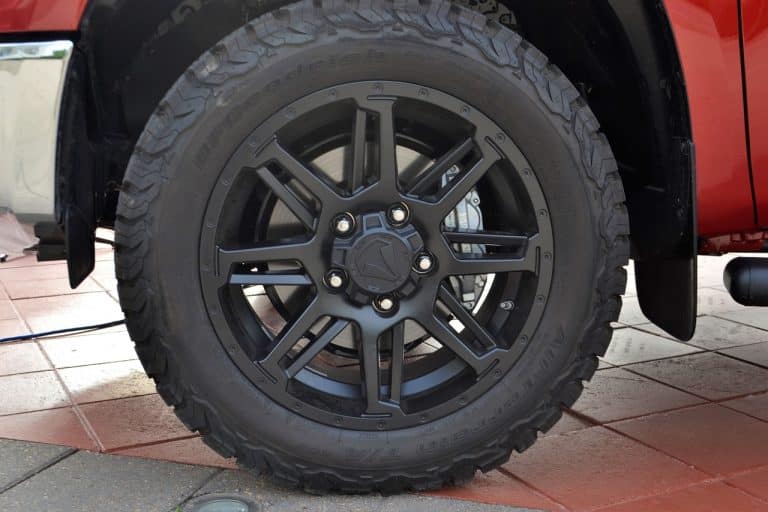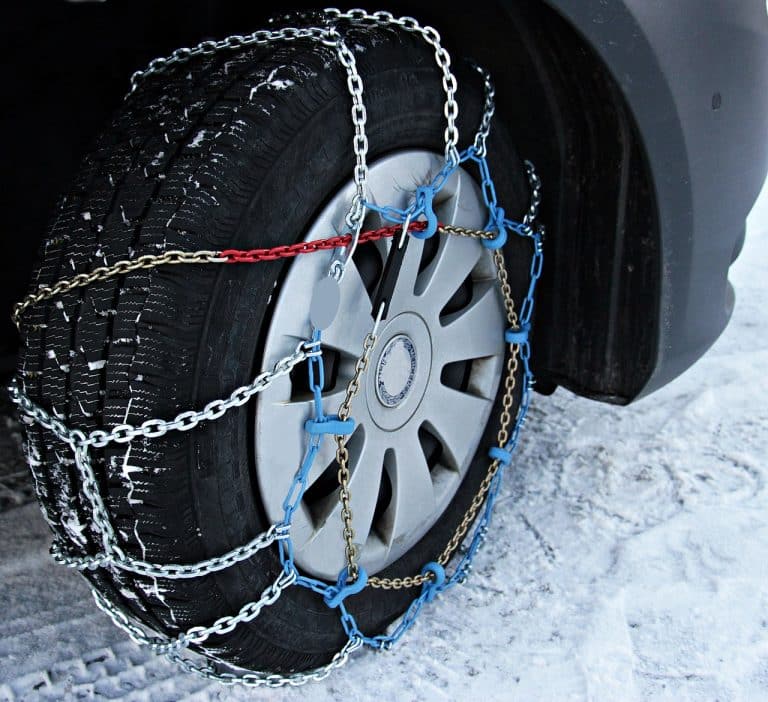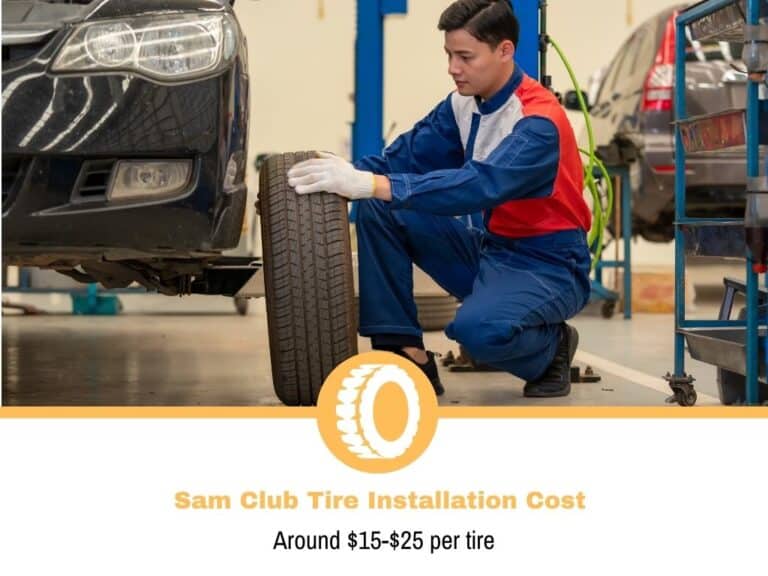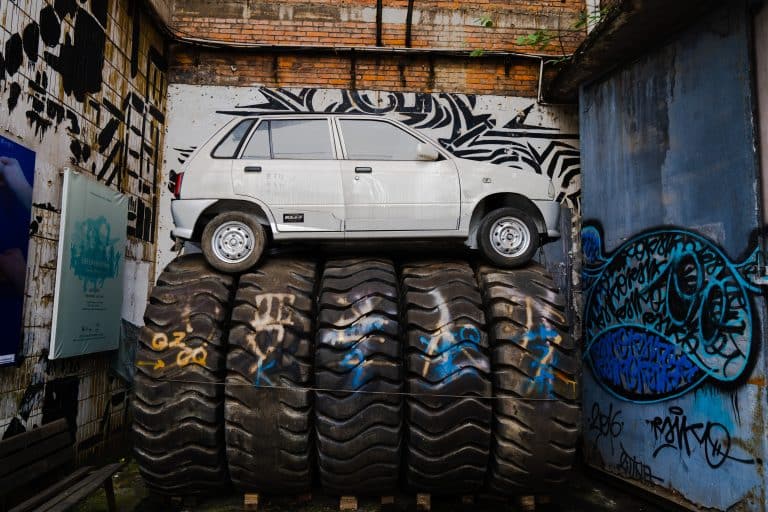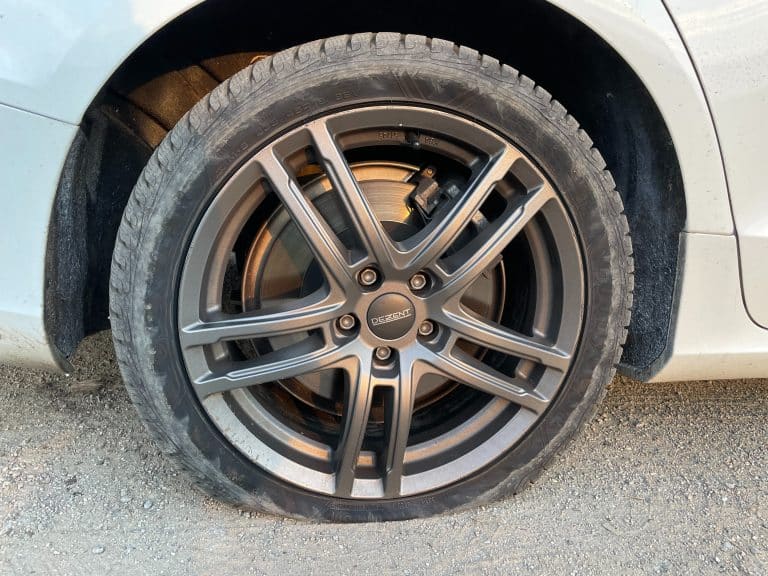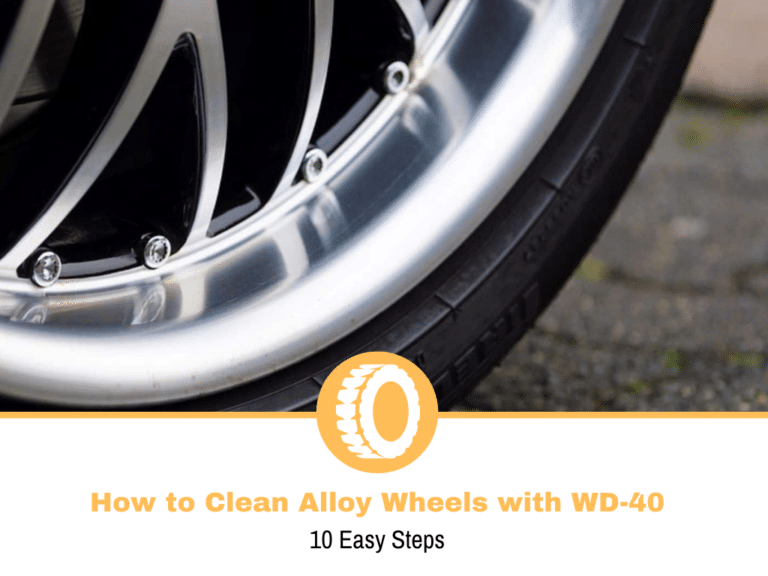Radial vs Non-Radial Tires
All tires are either radial or non-radial, otherwise known as bias-ply tires. If you are driving a car or average-sized pick-up truck you will most likely be using radial tires. However, what if you need tires on a trailer, motorbike, bicycle, or heavy truck? Should you use non-radial tires?

For the most part, radial tires are better. They provide superior comfort, heat management, and wear more evenly which means they have a longer working lifespan. However, Non-radial tires have a long shelf life, and their sidewalls resist punctures better, so they have some advantages.
What Is the Difference Between Radial and Non-Radial Tires?
The difference between the two is the way the tire is constructed. It has nothing to do with the tread or how the tire sits on the wheel. It is all to do with the body plies of the tires. As can be surmised from the name a radial tire’s body ply is, well, radial.
The body ply of the bias or non-radial tire is laid up in a crisscross fashion. There is also a difference in material between the two body plies. Radial body ply is most often made from steel whereas bias body ply is made up of cord, typically nylon.
The radial ply is also positioned at a 90-degree angle in reference to the direction of travel. The non-radial ply also differs here as it is roughly 45-degrees in reference to the direction of travel. furthermore, radial tires have additional steel belts under the tread called the crown to provide extra strength.
Non-radial tires do not have this because the body ply extends from one sidewall through the tread and into the other sidewall. These are all the physical differences, but what do they mean?
Because radial tires have two sets of plies, one for the sidewall and one under the tread, they are more versatile. The sidewall pile is flexible which means it can absorb some impact Imagine how uncomfortable it would be if the tire were solid rubber and not flexible at all! The tread ply strengthens the tread which helps the tread sit evenly on the road surface.
Due to the tread sitting evenly on the road surface the tire experiences even wear which gives it a much longer working life. If you were to overinflate or underinflate your tires it would cause uneven wear, killing your tires in a matter of weeks. Similarly, to an overinflated tire, a non-radial tire is too rigid. It does allow for any flexibility or deformation thus it wears unevenly.
With the body ply of the radial tire not overlapping, it can shed heat at a far more efficient rate. A tire’s ability to cool is critical because that is what determines the safe driving speed of the tire. A non-radial tire cannot shed heat because all the singular plies are in contact with one another. There is not enough surrounding rubber and surface area to dissipate the heat.
Radial tires do have their strengths though, mainly due to their stiffer sidewalls. Though the sidewall stiffness causes some issues it does mean the sidewall is much stronger. A stronger sidewall means the tire can take a much heavier load. It also means that the tire is less venerable to sidewall punctures and tears.
Though radial tires have a long working life, non-radial tires can last longer when not being used due to their rigidity and composition. This makes them valuable on vehicles that are not used very much. Now that we have identified the different tire’s strengths and weaknesses, where can they be applied?
In What Areas Are Radial Tires Better and Why?
Due to the heat resistance and the slower tread wear giving the radial tire a longer working life, it is the choice for your everyday road vehicle. Driving on a normal road means you don’t need the extra sidewall protection because you are not crossing rough terrain.
Additionally, you most likely want to drive on highways at highway speeds, so your tire will need to be able to withstand the heat generated at those speeds. A non-radial tire is not capable of achieving those highway speeds safely.
All these factors make the radial tire the best tire for road vehicles.
In What Areas Are Non-Radial Tires Better and Why?
Though the radial tire is the tire that is used by 90% of all vehicles, the non-radial tire still has its uses. Because it can support more weight it is often used for work vehicles such an extended boom fort lifts, buses and sometimes trucks. They are often a pick for trailer tires because of their weight-bearing capacity and because they can stand a long time without suffering from degradation.
They are also useful for construction vehicles for the same above reasons and because they can with-stand punctures and side wall damage better than radial tires. Some people use them as off-road tires for this reason, however, simply deflating a normal radial tire should do the trick.
Conclusion
Determining whether radial or non-radial wins in the radial vs non-radial battle really depends on the situation they are used in. Radial tires are going to be your go-to on-road tires for almost all occasions. However, non-radial tires have their uses especially when it comes to farm vehicles or trailers such as those used for boats.
To make your choice you need to first determine in which setting the tire will be used. For the most part, it is going to be the radial tire. The radial tire is such a key innovation that it is credited by Sam Gibara, CEO of Goodyear for nine years, for saving the company in the 70s.
